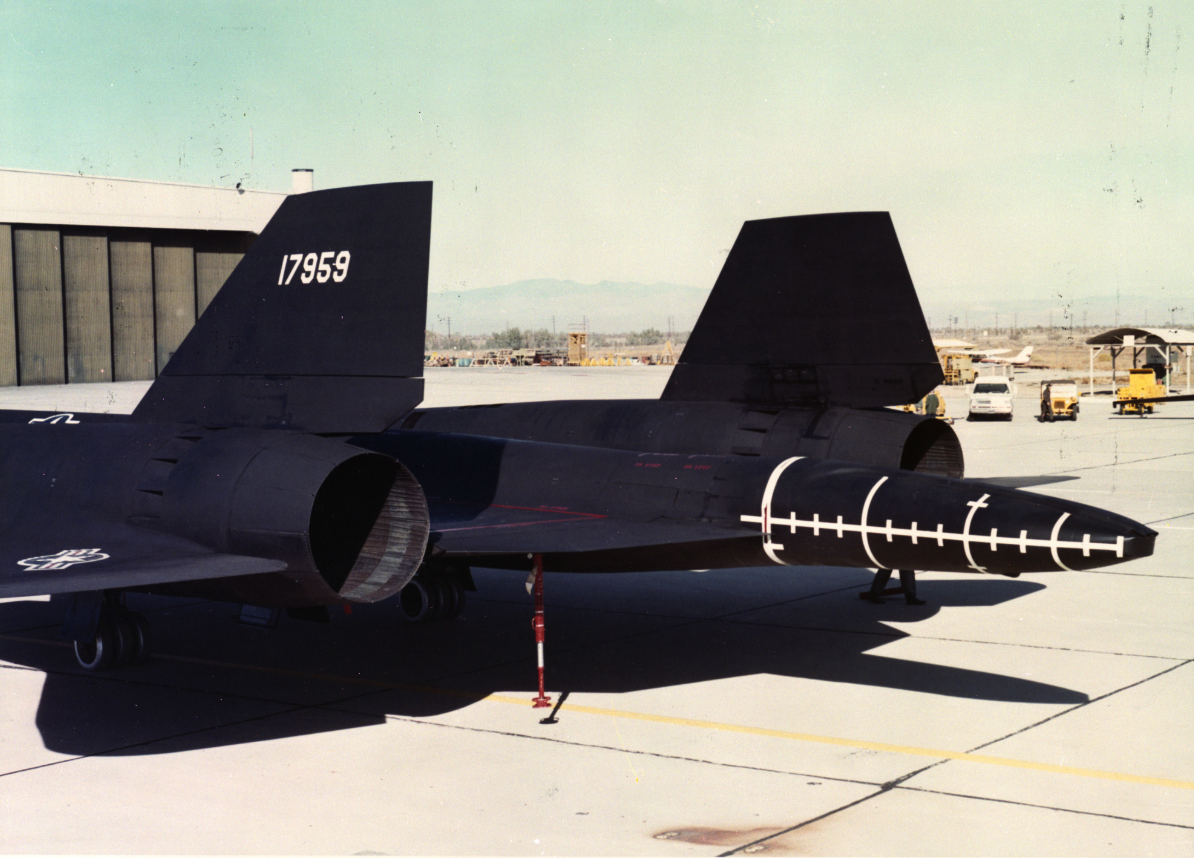Tail Cone
Jump to navigation
Jump to search

In aviation, a tail cone can refer to a few different things: an aerodynamic structure on a rocket or space shuttle, or a cone-shaped structure on a jet engine tailpipe. Additionally, it can refer to the tail section of an aircraft, also known as the Empennage, which includes the horizontal and vertical stabilizers and the rudder.
1. Tail Cones on Aircraft
- Empennage
- The tail section of an aircraft, including the horizontal and vertical stabilizers, is sometimes informally called a "tail cone".
- T-tail
- A specific type of tail design where the horizontal stabilizer is mounted on top of the vertical stabilizer, forming a "T" shape.
- Cruciform tail
- Another tail design where the horizontal stabilizers are placed midway up the vertical stabilizer.
- Tail cone exhaust vents
- Many commercial jet aircraft have a small hole on the tail, which is the exhaust vent for the auxiliary power unit (APU).
2. Tail Cones on Spacecraft/Rockets
- Aerodynamic Tail Cone: A structure placed on the back of a rocket or space shuttle to improve its aerodynamics during flight, like on the Space Shuttle Discovery.
3. Trailing Cones (Scientific)
- Trailing Static Cones: These are a type of instrument used in the 1950s and 1960s to measure atmospheric pressure, or altitude, with greater accuracy by trailing a cone behind the aircraft.
- Cones of Confusion: This refers to a volume of airspace where the signal from certain navigation equipment can be misinterpreted, leading to unreliable bearing information.
